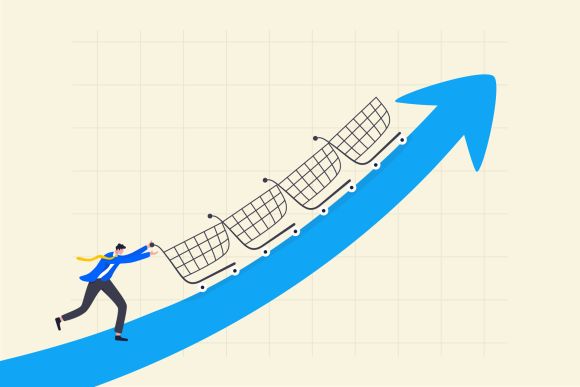Marketing eldercare services to seniors is far from cookie-cutter. Eldercare consumption varies greatly by age, health, income and lifestyle. The U.S. population aged 65 or older exceeded 40 million people in 2010, and is projected to nearly double by 2030, so demand for eldercare services will undoubtedly expand.
When you apply a number of broad trends to the growing, aging population, the process of creating senior-focused healthcare services or selecting sites seems like rocket science. It's certainly a science. The good news is the availability of big data today helps take the guesswork out of eldercare planning decisions.
Here are several noteworthy trends affecting seniors that shift the paradigm away from making simple demographic-based eldercare site and service decisions to infusing your decision-making with the power of analytics.
-
People are living longer thanks to better lifestyle choices and advances in medicine.
-
Ways of delivering healthcare are rapidly changing given technology advances that facilitate online consultation with healthcare providers (telemedicine) and telehealth programs that promote prevention.
-
Even within specific segments of seniors, there are great differences in consumption patterns. For example, one 65-plus group, called Steadfast Conservatives, are healthcare mega-consumers.
-
Many seniors are living closer to their loved ones, who provide care for them.
-
Many seniors are working longer out of economic necessity.
-
More seniors are living with their children. The U.S. Census Bureau found close to 5.1 million multigenerational households in 2010, a 30 percent increase from the previous decade.
Buxton Analytics offers ways to leverage data in new ways to discover what your patients look like.


